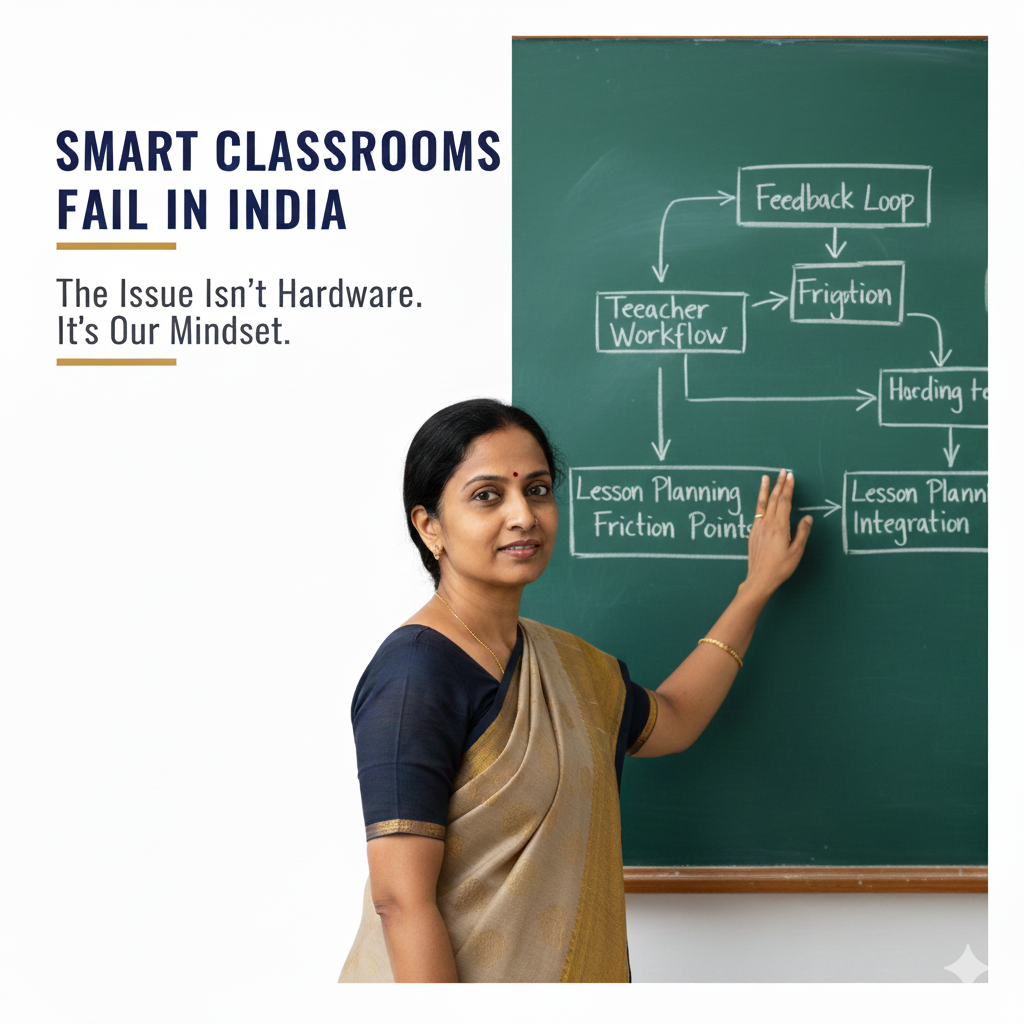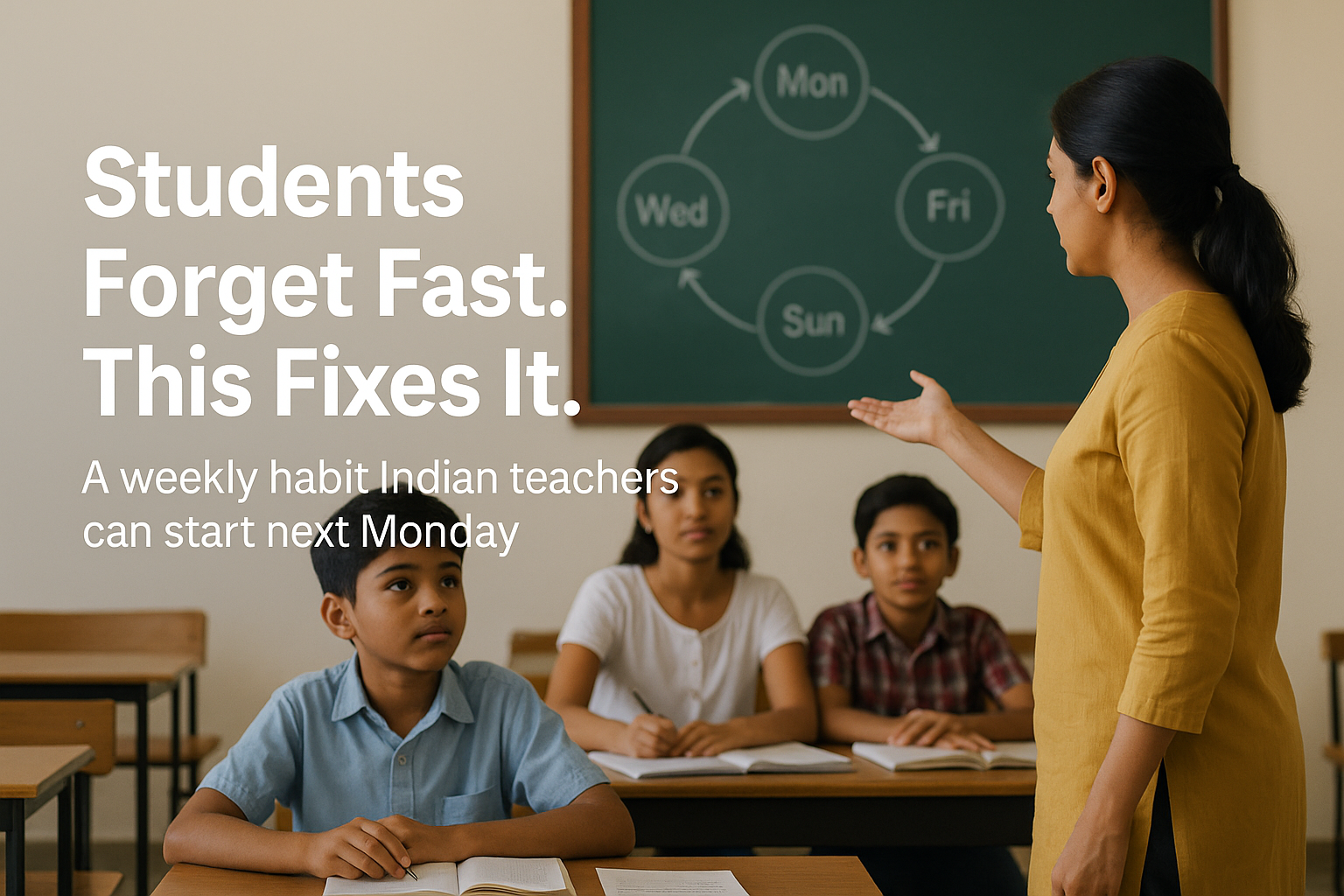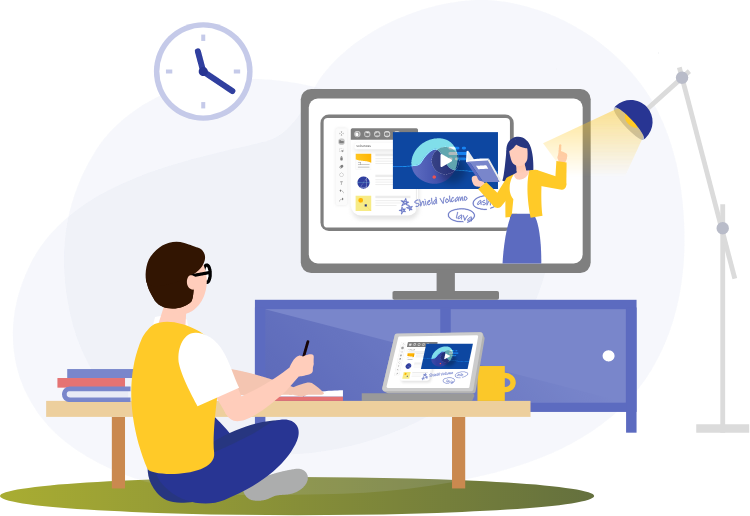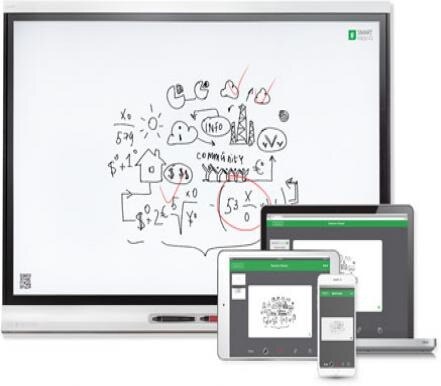Digital Learning Software Should Replace Textbooks in Indian Education System!
Talk and Chalk is out!
If you’ve been keeping tabs on the changes in the Education System in India, you would have recently heard that talk and chalk is out. Digital learning software is in! Educational Institutions have geared up for the era of the millennial, where focus lies on the digital realm. You would have noticed that every little child that approaches you, be it you neighbor's kid, your niece, and nephew or very own child, the first thing their arms reach out for is your Smartphone.
 The favorite escape of every modern day parent on the weekend after a rough week of pulling long shifts at work is the Smartphone, tab or smart TV. They plug in, let their kids login and then the parents log out of the picture. Some say this is bad, but it doesn’t have to be. While spending quality time with you children is an essential part of their upbringing, letting them explore new thoughts, ideas and learning processes independently shapes them into individuals who can truly understand their potential and interests.
The favorite escape of every modern day parent on the weekend after a rough week of pulling long shifts at work is the Smartphone, tab or smart TV. They plug in, let their kids login and then the parents log out of the picture. Some say this is bad, but it doesn’t have to be. While spending quality time with you children is an essential part of their upbringing, letting them explore new thoughts, ideas and learning processes independently shapes them into individuals who can truly understand their potential and interests.
Switching to digital makes learning easy, measurable and fun.
A traditional classroom involves a teacher trying to drill in information into a number of children’s minds. Each child has different learning capacities, different understanding abilities and different learning styles. For some, it might be easy to understand the teacher; some might be distracted with the far more important things that go on in a child’s mind while some may need the teacher to write things down on the board. Teaching 20 to 30 children the exact same information in the exact same way is not the best way to go about spreading education among the masses. While we have been following this process for ages, as evolving beings, we come to a point in time where we stop, revise our ways and proceed in the best possible direction. Now we know that we can easily reach children through digital learning software which helps retain their interest and measure their individual progress.
For instance, imagine students X, Y and Z are given the same program and same lesson on day one. X might be able to finish all the automatically generated questions, pay attention to all the video lectures and read up on background material all in the same day. Y might need some extra time to read up on everything and retain information. After a bit of revision Y is able to answer the automatically generated questions. Z on the other hand has trouble keeping up. Z needs to keep on checking back for hints in their mistakes and takes an extra day to master the entire lesson. While all this is happening, the teacher silently sits in their place, looking at the visual data of all three student’s progress on a spreadsheet. The next day, the teacher approaches Z and spends some extra time with them alone, to help them catch up. Students X has moved on to the next test of the next lesson while Y is looking at the next video lecture. This doesn’t mean that X is a better student or Y and Z are not smart. It simply means that different people grasp ideas and concepts in different ways. While some can manage on their own and prefer to do so, some may need extra explanation as they may have different questions or approaches.
From the example provided, it is clear to see that the teacher spends more time analyzing which child needs the most help and then provides that help to them. The Artificial Intelligence on the other hand does all the other work, freeing the teacher’s time and space, reducing their workload so it can be focused on more important aspects - the kids. The Artificial Intelligence guides the children through the material and it also assesses their performance until every single child is able to understand and master the skills and concepts of every lesson. This allows the teacher to focus on more conceptual instructions through the use of an online dashboard which tracks and monitors the progress of individual children.
Digital learning embraces the science of learning
While some may argue that the price of installing the software and procuring the hardware may be high, what is ironic is the fact that textbooks cost way more and incur repeated costs for various families each year, whereas a digital device is a onetime investment that comes with maintenance costs. The long term cost of education is fairly reduced with digital learning. There is no wastage unlike textbooks, at the end of a school year.
Apart from the price, what digital learning does is, it takes something that most children do not want to do - study, and turns that into a fun, interactive and personalized task that moves at the pace of the child’s requirements. Education no longer has to be dulled down and ineffective. It teaches children the most important aspect of education - How to learn!
With all of these relevant factors looming in on many Institutions as a reality that is slowly but surely taking over, it is high time that everyone, even in India, starts to adopt the Digital Learning Experience. Teaching a child something is a gift for the moment, teaching them to learn on their own is a gift that lasts for a lifetime.
.png?width=1322&height=350&name=C3ITXperts-logo-R%20(1).png)





.png)


